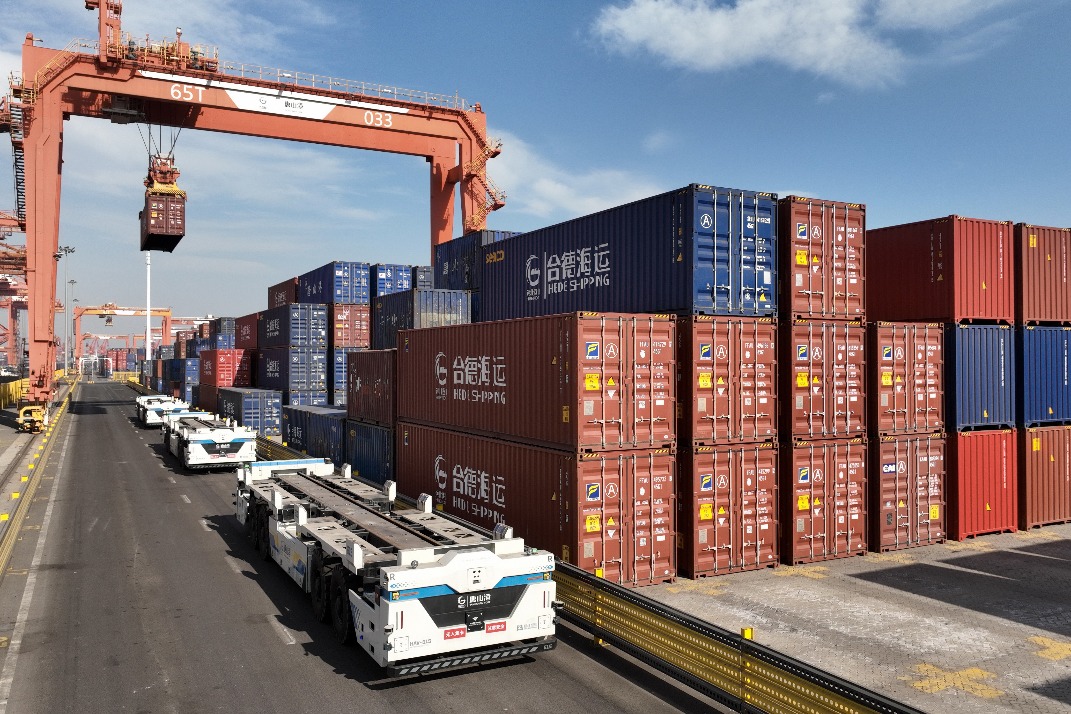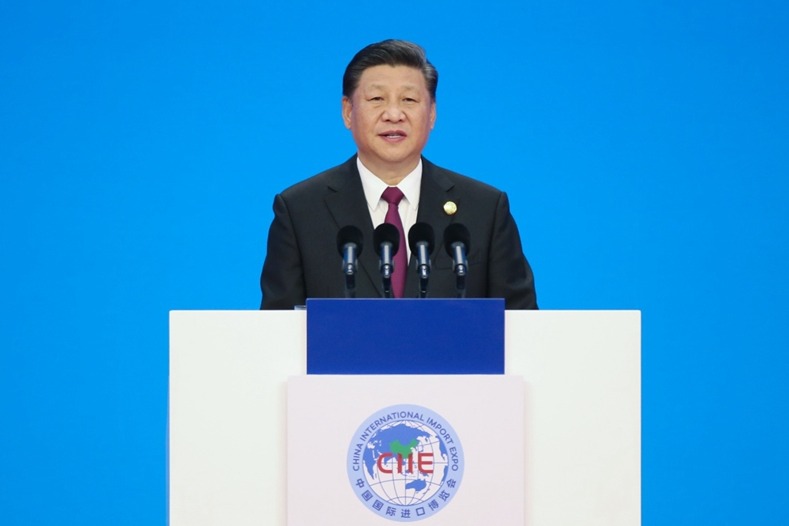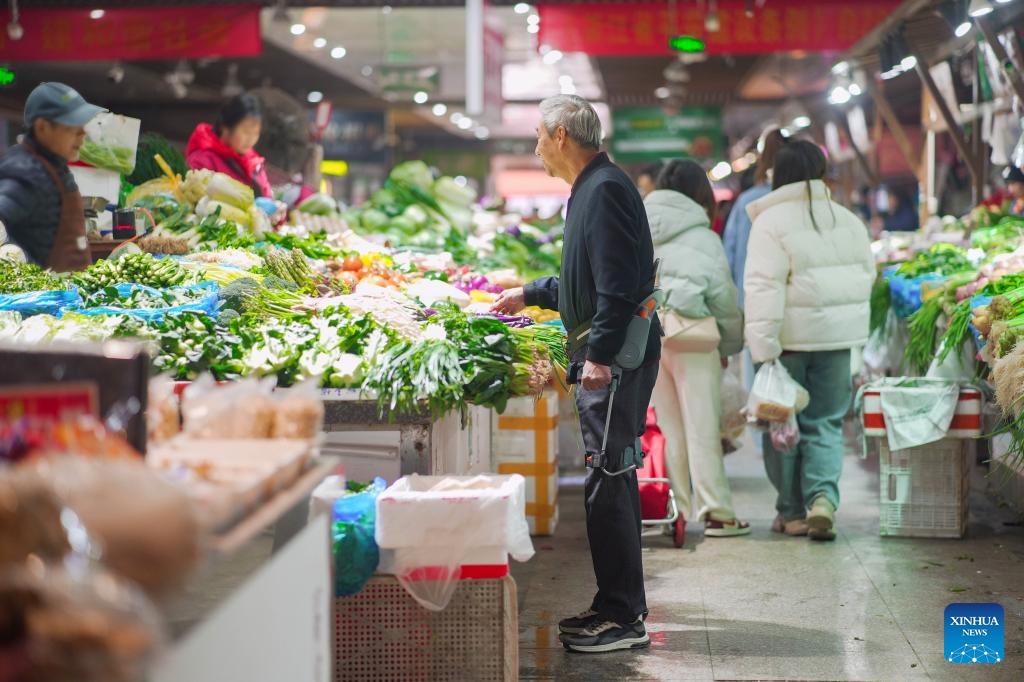Institute's efforts key to preserving Mogao Caves
By Wang Kaihao in Dunhuang, Gansu | China Daily | Updated: 2023-08-18 08:26

Time has taken its toll on the ancient Mogao Caves in Dunhuang, Gansu province, famed for their exquisite murals and painted sculptures.
The UNESCO World Heritage Site is a treasure trove of Buddhist art spanning 1,000 years, and serious efforts are being made to save this precious piece of history.
Carved into the cliffs above the Dachuan River, the Mogao Caves, a complex of 735 grottoes ranging from the fourth to the 14th century, are the product of the cultural exchanges that took place over centuries on the ancient Silk Road.
President Xi Jinping visited Mogao and the Dunhuang Academy on Aug 19, 2019. "The research into and promotion of Dunhuang culture help reveal the cultural spirit, cultural vision and cultural confidence of the Chinese nation," Xi said. He called for building the academy, a renowned institution dedicated to the study and conservation of the Mogao Caves, into the epitome of World Heritage Site protection and Dunhuang studies.
Since then, immense efforts have been made by the academy to expand its horizons.
Zhao Yanlin, deputy director of the archaeological research institute of the Dunhuang Academy, is now busy with the publication of the second volume of comprehensive archaeological reports pertaining to the Mogao Caves.
It has taken 13 years to prepare the 300,000-character report, which includes every detail of caves 256, 257 and 259, covering the period ranging from the Northern Wei (386-534) to the Northern Song (960-1127) dynasties. The report will be officially released later this year.
Zhao said, "The report may be the most accurate study of the Mogao Caves so far. Once released, it will greatly facilitate future studies."
The upcoming report contains analyses of the building materials and organic matters found in the caves. Every inscription on the walls, every animal bone found, every old photograph taken of the caves is included in the report to help understand the evolution of the caves.
Archaeological investigations in the Mogao Caves began in the 1960s. The plan to draft detailed archaeological reports took shape in 1994, and the inaugural volume of the report, covering caves 266 to 275, was published in 2011.
The Dunhuang Academy's mission is to publish 99 volumes of archaeological reports covering all the caves, according to Zhang Xiaogang, deputy director of the academy, who is in charge of archaeology.
"The work is very hard and energy-consuming," Zhang said. "It can be a long journey. We initially thought it would take centuries to finish that kind of work."
However, with a strong squad and new methods in place now, the work is expected to move much faster. The archeological research institute of the Dunhuang Academy now has a 20-member, full-time research team.
In 2021, the National Cultural Heritage Administration released a guideline for covering archaeology of grotto temples. In keeping with the guideline, two more volumes of archaeological reports on the Mogao Caves will be published by 2035.
























